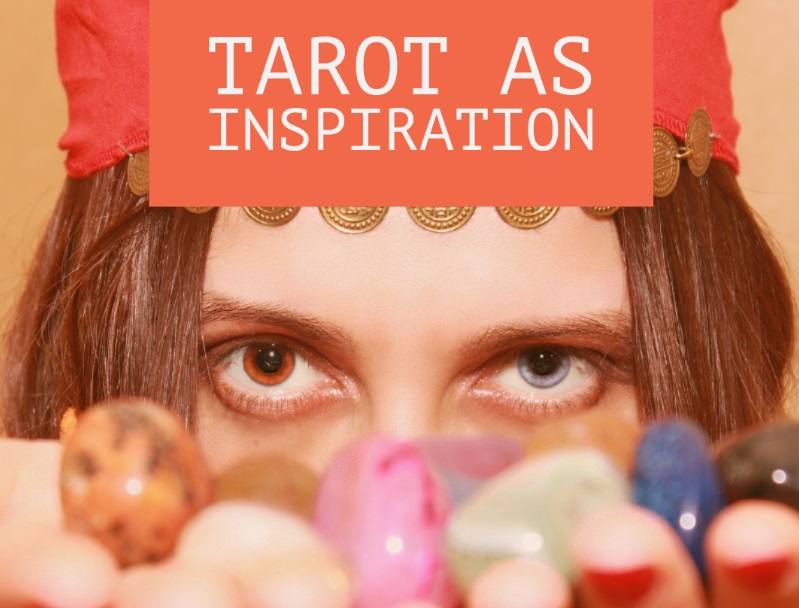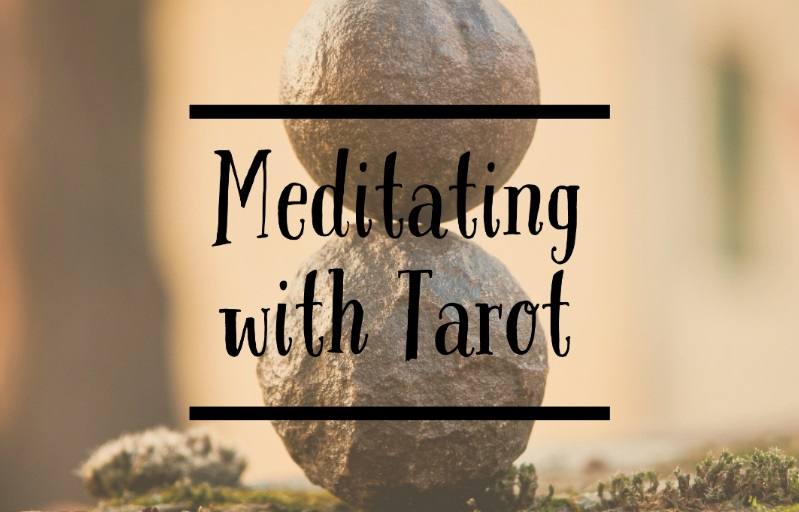I look at my deck of tarot cards when I’m in need of inspiration. As Tarot-Explained.com mentions a lot, Tarot cards are a great addition to your life in terms of decision making and getting a second opinion. They can act as another person to bounce ideas off of or a sounding board for your own ideas. They even helped with this update. Once you understand even the basic card meanings, you’ll be able to bounce ideas around and develop them.
The idea generation process is different for everyone, but as most of us have a visual memory and visual brain, Tarot lends itself to idea generation well. You can look at single cards, combine cards, take elements you like from some and ignore others, it’s really up to you. The imagery of the Rider-Waite tarot deck is complicated and filled with lots of hidden symbology. Personally I find this extremely interesting, and it adds a whole new layer of depth to the cards. You can spend ages looking up card meanings and reading about new concepts.
How do I put this into practice?
If you have a project you want to start, a painting for example, in mind, here is what I’d suggest. Of course you can adapt this to whatever you’re working on. Grab a piece of paper and your tarot deck and find somewhere quiet for ten minutes or so. Write down any of your first ideas to start on the paper as a mind map. You don’t need any ideas to start with really, but if you do, the Tarot deck is a good place to grow them.
Shuffle your deck and draw a card. When you draw a card, first of all, take note of the visuals, does this apply to anything you’ve written down so far? Add it in, link concepts down. Next, check out the card meaning. Anything else relevant? When you’ve exhausted a card, it’s time to draw another. You can continue until you feel your ideas are developed enough to start working on.
I use this method when I’m stuck. This post, for example; I was stuck for an idea of what to write. I have a list of topics to cover written down but none of them felt ‘right’ for writing right now, so I looked at the deck, in front of me where it always is and drew a card. I drew the three of pentacles. Although it isn’t the given meaning of the card, I saw people discussing. It looks like they’re discussing ideas. I sometimes have trouble generating ideas, and realised that whenever I’m like this, I can and often do just look into my tarot deck for inspiration. That was my train of thought, and it just goes to show that a Tarot deck can have more uses than mystical divination.

